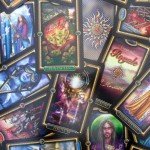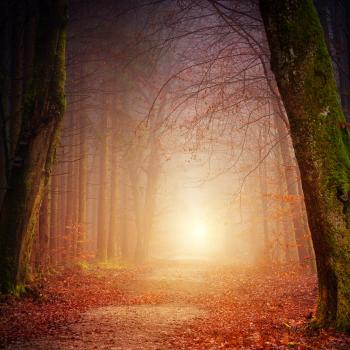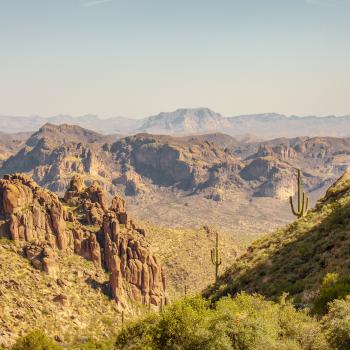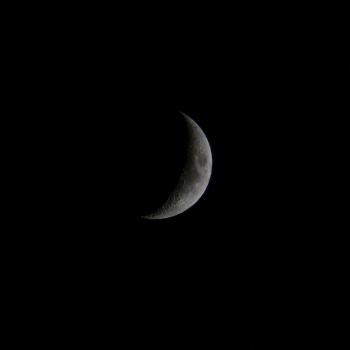I had an interesting experience on energy drinks. “Energy drinks? Seriously?” you say. Yes, energy drinks – those nasty, too sweet chemical flavored cans of electricity. It was my first time trying them, and after a life of rarely consuming soda, the effects were, as I said, ‘interesting’.
Mostly, my social anxiety dried up, and I was left in a cloud of euphoria. And, for a brief moment, I felt as though I could touch the very core of the trees and grass and world around me. I haven’t touched energy drinks since (coffee is a different matter).
I’ve been pondering over culturally-approved addictions and drugs lately. Caffeine, tobacco, as well as other mind-altering substances. Even television. This past weekend I used a combination of sleep deprivation, tobacco, and eventually caffeine to spur some interesting spirit work. I’m also working on wrangling and understanding my own personal cycles and liminal times, when I’m more likely to be able to trance and cross over and see spirits, which played into my work this weekend.
My practice is very focused on urban, modern life. I was raised in a very passionate environmental household, with strong influences of anti-capitalism and anti-consumerism. Focusing on urbanity was new and exciting and oh so rebellious. The elements of rebellion and newness have, naturally, fallen away, but the city still has my heart. The spirits in urban spaces still have my love. Those comforts of modern Western life, our impacts and influences, the changes a simple purchase can make – such things to contemplate!
(A necessary note – I realize that modern Western society is incredibly problematic, to say the least. I plan to address those points in a later post, but the issue is huge. How we, meaning those who incorporate or focus on urban life and cities, balance that work with acknowledging the destruction we cause, often simply by being born, is an important issue to think about.)
Thinking of comfort and conveniences in a spiritual way, reaching out to the gods and spirits connected with them, helps remove the thoughtlessness of those activities. The spirits force us to think. Are the purchases we’re making benefiting the city, the spirits connected to the city and land, the spirits of commerce and economy? Are we making sure our city is being sustained? For all that our city provides, what are we doing to ensure that it lives?
The power in subways and trains, the release of a shopping spree, the movement and flow of busy sidewalks and hallways – all can be seen from a religious standpoint.
Not that all urbanity is hunky dory. My city has an unfortunate tendency to construct and construct and construct the same roads, repeatedly, year after year. Any spirits of easy traffic and movement have long since fled, though spirits of congestion have gleefully settled there. Neighborhoods carry different spirits, based heavily on history and current caretaking of the area, and some will have no sensible spirit presence. Or an actively hostile spirit presence.
Our neighborhood currently has an overabundance of churches. We’re located on top of a historic gravesite. We’re close to the university and two retail-heavy streets. An old school-turned community center lies at the heart of us, beside a community garden. Three parks are in walking distance. And the spirits are active.
Because the neighborhood is loved. There are plenty of conflicts, and we’re not a ‘high class’ area, but people here put effort and care into the land and streets.
Ultimately, though I root my practice in urbanity – skyscrapers, street lights, the great and wondrous and disgusting smells – my work is more liminal. I find the most power and spirit companionship in places where the wild clashes with the skyscraper. Plenty of ‘my’ personal spirits are rooted in urban pursuits – clubbing, bar hopping, etc. – even though I rarely engage in those activities; we meet in the stuttered introductions of strangers, the laughter of friends at a late night food run, smoky cafes, and bad food. (It would be just as foolish to assume I bring nothing to my relationship with the spirits as it would be to assume that I bring everything.)
My approach to culturally sanctioned (pushed) addictions is a complex one. I won’t carry soda or candy into the wild; there I bring hearty food and sustaining snacks. I’ll breathe that air and let it works its own deep, powerful change in me. Yet in the city I’ll ponder cigarettes and bring them home for the spirits, and I’ll make offerings of too sweet coffee.
I love both, all those places, which is why I desperately wish for them both to live.
There are spirits who come as if high or drunk, full of the temptations of the city, and spirits who coyly hold up their x-marked hands, and spirits that skip from coffee shop to coffee shop to tea house until settling in one and causing such an increase in business that there is never a free seat. When I experience that, when I know that, and when I think of it, I can’t let it go.
I use caffeine, tobacco, and television to enter into altered states. Television may be a bit of a surprise, but growing up in a rather ‘hippie’ household has its advantages, namely that I was rarely exposed to it. I am constantly watching and wrangling my relationship with those tools. What am I going to be putting into my body, or what am I going to be watching, and why am I choosing it? Those are questions I have to ask. Are those tools becoming a crutch? Am I indulging in them rather than using them or interacting with their spirits to facilitate the work?
This is all part of my practice. And a large part of my practice is about being aware and asking questions, constantly, least of all because if we’re urban practitioners we need to be aware of the damage we cause. This isn’t some variation of ‘harm none’, but it is important that we ensure that the spirits and us have places to live and work. Adherence to one ideal as the most important, creating a monoculture, is one of the quickest ways to kill off everything, including the ‘ideal society’. Whether that means idealizing nature and the wild (it can kill you, it will kill you, we must address it as it is not as we perceive it to be) or touting urbanity and modern technology as the be-all end-all (hint: it’s not), it causes damage that we can’t repair. If, as many pagans claim, there is no divide between the spiritual and the physical, you can’t destroy recklessly.
There is definitely a difference between using modern, culturally-approved drugs in a religious way and using them as our society typically does. It seems, to me, to be a level of awareness concerning the tools. Unfortunately, that awareness, that thinking, can often do a lot of damage to power structures, rather than when we just consume and consume. Which can place an urban-focused spirit worker on the periphery, as most of us probably should be.
As an aside, I’ve noticed the anti-urban standpoint in modern Pagandom usually, not always, holds hands with the ‘Burn Rome’ philosophy, as well as romanticizing nature. Obviously, there’s nothing wrong with having a nature or earth-focused path, but we all could use a bit more honesty and reality to our approach. Part of which acknowledged that humans are natural and we build our own habitats. I find it problematic the way we go about building and sustaining those habitats, not the habitats themselves.












